A fight scene from Dwayne Johnson’s 2014 rendition of Hercules is thoroughly evaluated by historian Dr. Roel Konijnendijk, who awards it a passing grade.
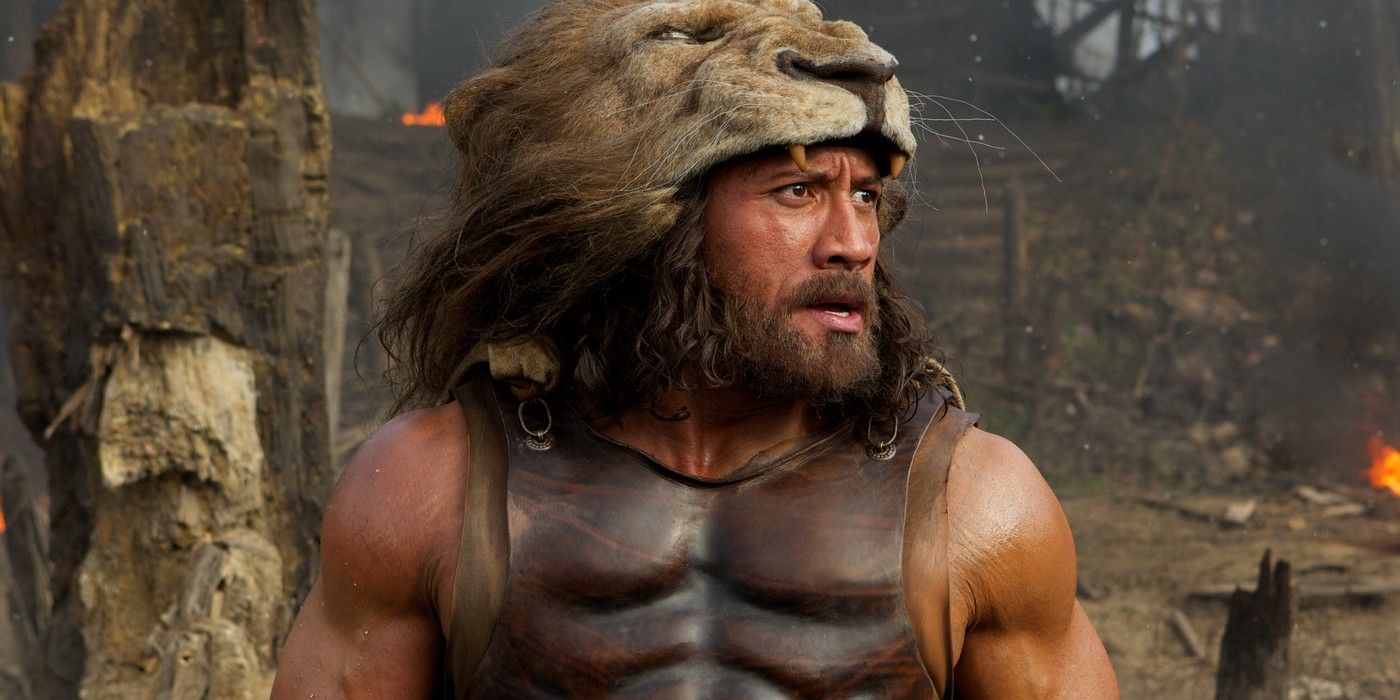
The 2014 action adventure film Hercules is evaluated for historical accuracy by historian Dr. Roel Konijnendijk. This fantasy feature film, which stars Dwayne Johnson as the title character, centers on a troubled demigod who is hired to take on a malevolent warlord and his collected mercenary squad. In addition to Johnson, a number of well-known performers, including Ian McShane, Peter Mullan, Joseph Fiennes, Rufus Sewell, and John Hurt, portrayed other legendary figures in the film.
Now, Dr. Konijnendijk examines the veracity of a specific Hercules battle scene in a film posted by Invicta. The thorough examination explores the origins of battle lines, the integration of various fighting formations, and the old armor used by Hercules and his sizable army.
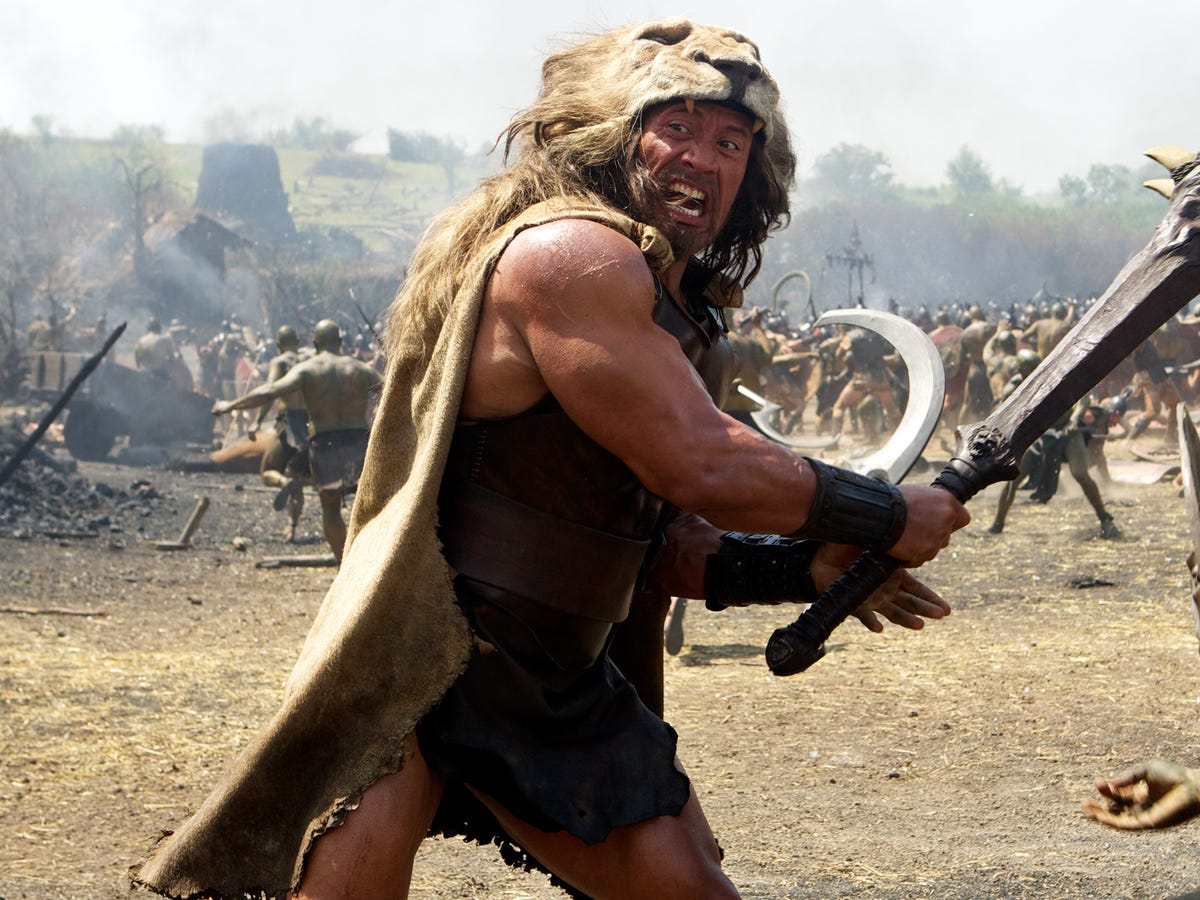
In the end, he rates it a six out of ten. View the video and all of Dr. Konijnendijk’s remarks below:
This tiny scene is quite interesting. The whole purpose of this battle scene, after all, is that this army has been trained by Hercules, and he has updated their weaponry. As a result of his leadership and astute tactical judgment, the army is now far more formidable. The way they attempted to depict that was that when it goes into battle, it can react to specific orders, operate much more unitarily, and construct a very powerful shield wall against the adversary. However, the way it is portrayed is a little off, since their marching column is incredibly broad.
Firstly, it resembles a large square that is roughly 100 feet wide by 100 feet deep, or something similar. This is obviously not how a marching column operates because there were very few ancient roadways that allowed people to march 100 feet ahead of them.
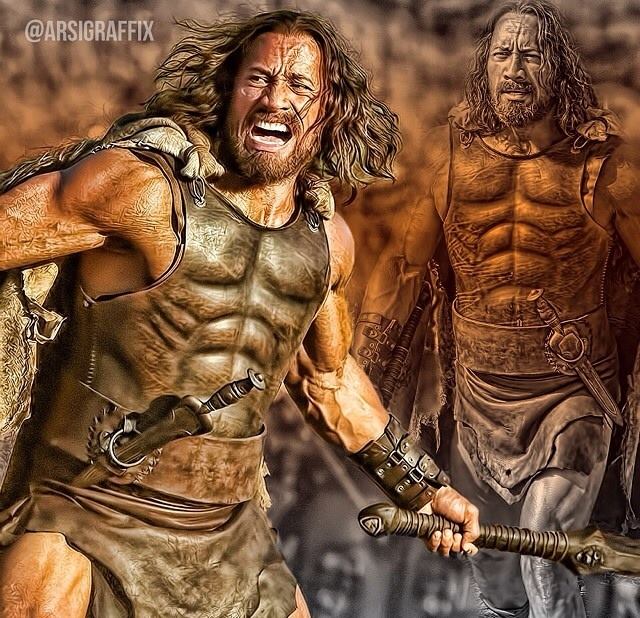
It’s just not likely, you’re much more likely to be marching two or four abreast or something like that along a road, and when you come into battle you have to perform an elaborate maneuver to turn that column into a line and certainly the way that works is not the way it’s depicted here.
by ordering your column of marching soldiers to line up one next to the other as files. You build up your infantry line brick by brick as each file that appears on the road, or every two, three, or four files that appear on the road, marches to the right or left of the one that is already in place. Therefore, you simply do not take the sides of that configuration and fold them into your combat line like wings.
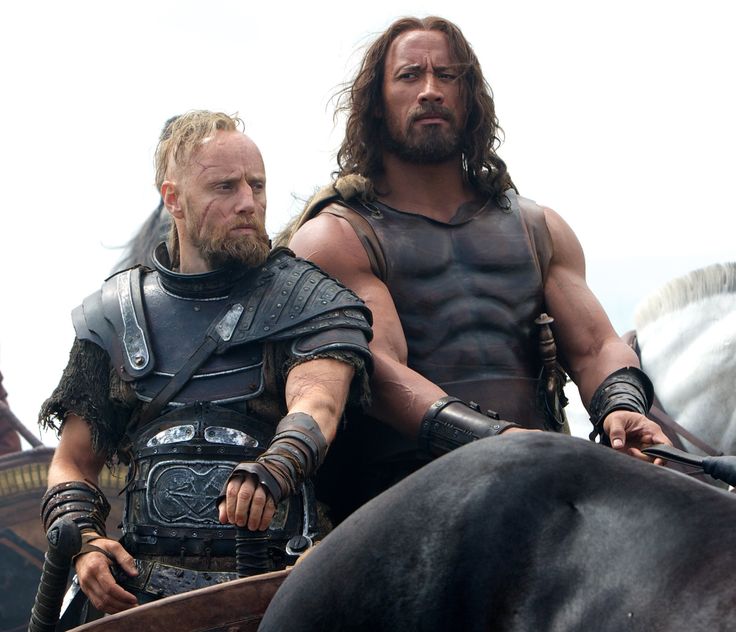
It would be necessary for you to take those files and insert them one at a time like a wall-building device.
Since this is a fantasy tale, it goes without saying that you shouldn’t be overly critical. They are merely attempting to represent what appears to be an old battle formation engaging in combat; it is not real. While some of the equipment they wear is highly real and some is made up, the main idea they convey in the film is that teamwork and the use of shields that are deployed in a coordinated, mutually beneficial manner make a formation stronger than individual fighters. They’ve really tried to capture that and put that on display here with this marching column and so, to that extent, I think it’s admirable for what it’s trying to do; it just doesn’t have any connection to any specific historical event.
How Was Hercules Received Upon Release?
Hercules Wasn’t The Only 2014 Movie About The Mythological Hero
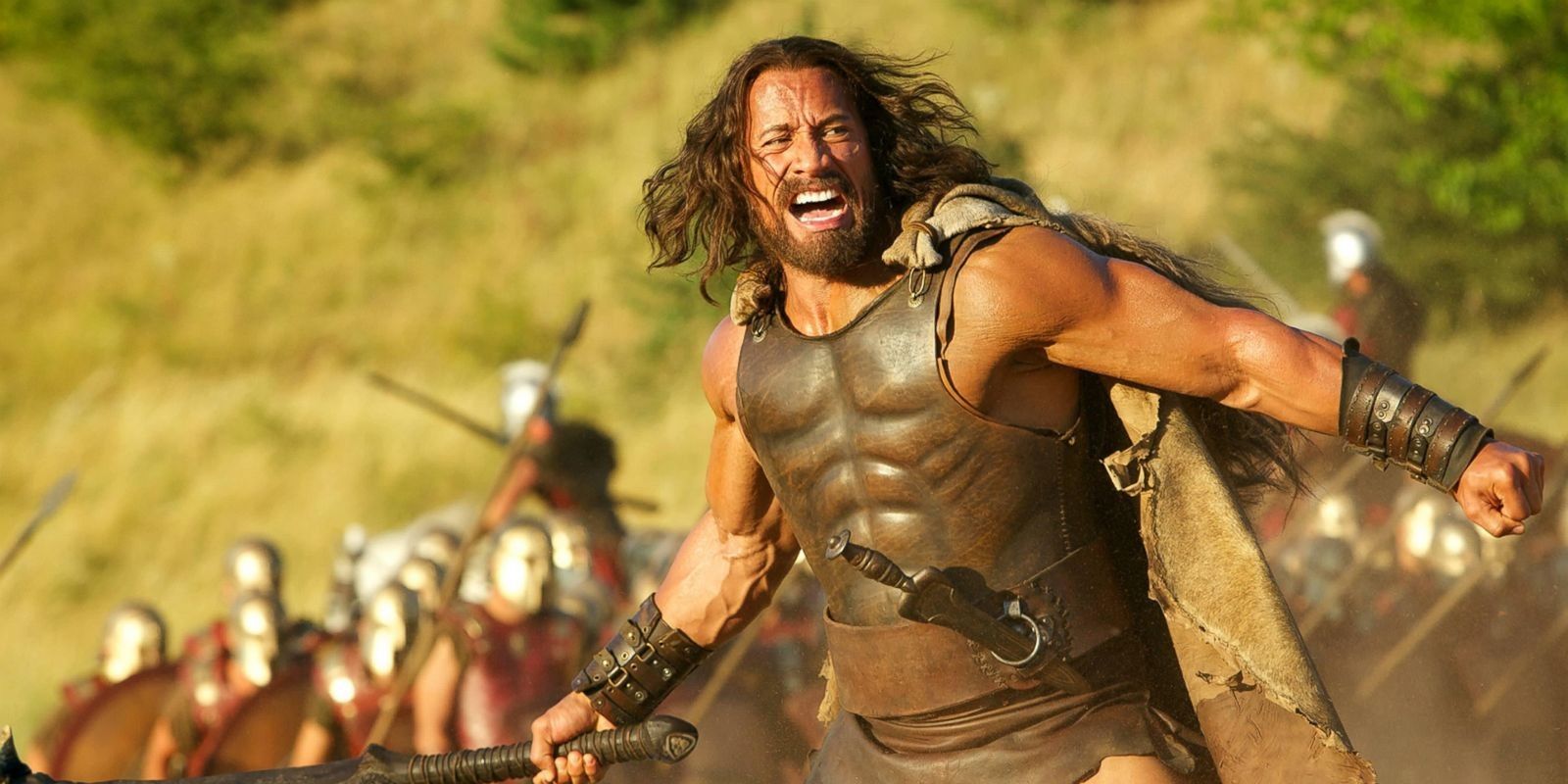
Johnson’s 2014 movie coincided with the release of another Hercules adaptation in the same year. Renny Harlin’s The Legend of Hercules, which was released a few months before the Johnson movie, also followed the life of the mythical warrior. However, only the former offered a memorable and captivating version of Hercules’ story. While Harlin’s adaptation was a box office bomb and received mainly negative reviews, Johnson’s movie became a modest box office success, earning $244 million on a $100 million budget.

Critics gave it varying reviews as well. Hercules has a 58% approval rating on Rotten Tomatoes, a testament to how divided reviewers are about the film. Hercules received mixed reviews for lacking any true emotional resonance despite being visually stimulating, with some applauding the film for its entertaining action scenes and striking effects. As shown by Konijnendijk’s reflections, the film’s portrayal of Ancient Greece was mostly accurate, yet given that it was a fantasy story, certain details may have been overly dramatic. Hercules appears to have been a successful attempt at telling an epic myth.
Johnson gave a fantastic performance, which was yet another Hercules highlight. The action star put his trademark bravado and charisma to good use, adequately bringing to life one of the most notable mythical figures. While the movie might have struggled to accurately depict some of its ancient battle scenes, as Konijnendijk pointed out, ultimately the movie manages to deliver an admirable tribute to the warrior’s famed story.

 ÚLTIMAS NOTICIAS: Kanye West guarda silencio sobre los rumores de “incesto” — pero esta acción lo dice todo… y deja a todos perplejos Los Ángeles –…
ÚLTIMAS NOTICIAS: Kanye West guarda silencio sobre los rumores de “incesto” — pero esta acción lo dice todo… y deja a todos perplejos Los Ángeles –… 
 ÚLTIMA HORA: Podría perder el apoyo de Trump… pero FOX tiene otros planes aterradores que podrían cambiarlo todo Washington D.C. / Nueva York – Abril 2025…
ÚLTIMA HORA: Podría perder el apoyo de Trump… pero FOX tiene otros planes aterradores que podrían cambiarlo todo Washington D.C. / Nueva York – Abril 2025… 


